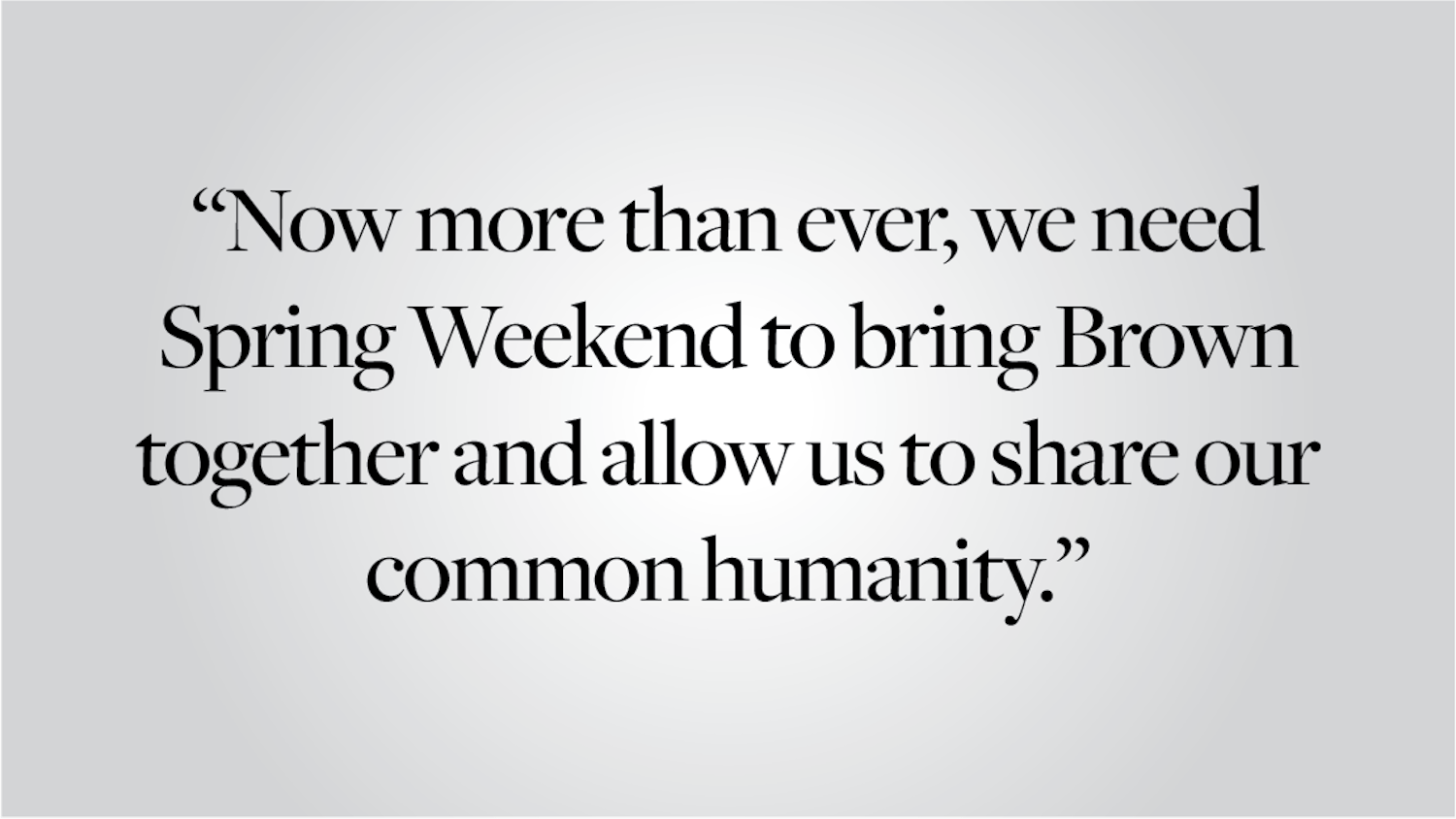What’s the point of college? On my final first day of class as an undergraduate, this question looms at the top of my mind. “Mobility Report Cards: The Role of Colleges in Intergenerational Mobility,” a paper co-authored by Associate Professor of Economics John Friedman, provides one answer: socioeconomic mobility. According to the study, parental income is a hugely significant factor in students’ access to colleges. Yet students who attend the same college have similar earnings potential, regardless of their family background — a strong indicator that college has an equalizing effect. Of course, since correlation does not imply causation, the study can’t explain by what mechanism a college degree levels the playing field so dramatically. Still, it offers a fascinating picture of the complex relationship between income and higher education.
If one of the chief purposes of universities is to encourage upward mobility, then it is clear that an enormous amount of work remains for Brown in particular and the higher education system in general. Among the 12 “Ivy Plus” universities — the Ivy League, Duke University, the Massachusetts Institute of Technology, Stanford University and the University of Chicago, as defined by a recent New York Times article about social mobility and colleges — Brown boasts the highest median parental income, the second-highest share of students from the top 1 percent and the third-highest share of students from the top 20 percent, according to that article. The University undoubtedly remains a cozy bastion of the upper and upper-middle class. More concerning than the socioeconomic situation of incoming students is that of alums: In terms of both median student income at age 34 and overall mobility, Brown is second-to-last among its Ivy Plus peers. Though the income measure is hardly surprising, Brown’s relatively poor performance on the overall mobility index is disheartening.
These statistics should give all members of the Brown community pause. Brown has a reputation as the most laid-back, socially aware member of the Ivy League. To what extent, though, does the University participate in the inequitable system that so many of its students hope to push against? A certain denial of Brown’s complicity in social inequality exists not only within the administration but also among students themselves. While potentially divisive issues of race, gender and sexuality are discussed with little hesitation, class is a different ball of wax. In my personal experience, friends from different socioeconomic classes rarely discuss the matter — perhaps it’s too awkward to discuss money, especially when it’s a question of your parents’ money or when it impacts your social life. Because many students come from such affluent backgrounds, most assume that there is little to say about the matter. But the statistics reveal that our community is one in which economically disadvantaged students are in the extreme minority. In striving to make Brown as inclusive as possible, class must be taken into account. That means aiming to make the income distribution of students less heavily skewed in favor of the top 1 percent — easier said than done given that society overall often undermines equitable access to higher education.
But the study contains some good news for Brown and its prestigious counterparts. While Ivy Plus colleges might not reach the highest number of students, they are the most successful at lifting students from the bottom fifth to the top 1 percent. According to Friedman, “Brown gets between 7 and 10 percent of its low-income students into the top 1 percent.” This is a remarkable achievement. In addition, the opening of the First-Generation and Low-Income Student Center in September 2016 speaks to the particular attention the University has recently directed toward socioeconomically disadvantaged students. Perhaps most importantly, Brown’s need-based financial aid policy means that for some low-income students, a Brown degree is less costly than that of a public university.
Moreover, the burden of ensuring socioeconomic mobility does not rest solely on the shoulders of Brown and other universities. Every stage of the educational process — from pre-K through high school, extracurricular enrichment and standardized test prep — is instrumental in preparing students for undergraduate, and later professional, success. The relative lack of low- and middle-income students enrolled in elite colleges speaks in large part to the cumulative effect of all of these educational components, which high-income families are better equipped to provide for their children. Given the strong correlation between income and educational attainment, it seems likely that the close relationship between the economic elite and the intellectual elite will persist. If we hope to see increasing numbers of low- and middle-income students at Brown and in the rest of the Ivy League, society must prioritize public education at every turn. Private universities cannot do it alone.
Perhaps it is less than productive to focus so much energy on the role of Brown and other elite institutions in securing the American Dream. After all, the Ivy Plus universities enroll roughly 18,000 students per year — a fraction of the millions of undergraduate students in colleges across the country. While Brown and its peers should value contributing to low-income students’ future prospects, larger public institutions are the most effective engine for socioeconomic mobility on a large scale, as David Leonhardt’s New York Times column “America’s Great Working-Class Colleges” shows. In addition to investing in primary and secondary education, we ought to do more to support public universities.
As is often the case, one’s interpretation of Friedman’s study depends on what one is looking for. The New York Times framed it in a somewhat negative light by focusing on the disproportionate number of wealthy students at elite universities, while Brown’s interview with Friedman applied a positive spin by highlighting colleges’ importance for upward mobility. Ultimately, both angles reveal the urgent work that remains: making higher education and its remarkable socioeconomic benefits accessible for as many students as possible. In considering the many purposes of an undergraduate education, the Brown community — administration and students alike — shouldn’t lose sight of the part we play in an increasingly unequal American society.
Nikhil Kumar ’17 can be reached at nikhil_kumar@brown.edu. Please send responses to this opinion to letters@browndailyherald.com and other op-eds to opinions@browndailyherald.com.




